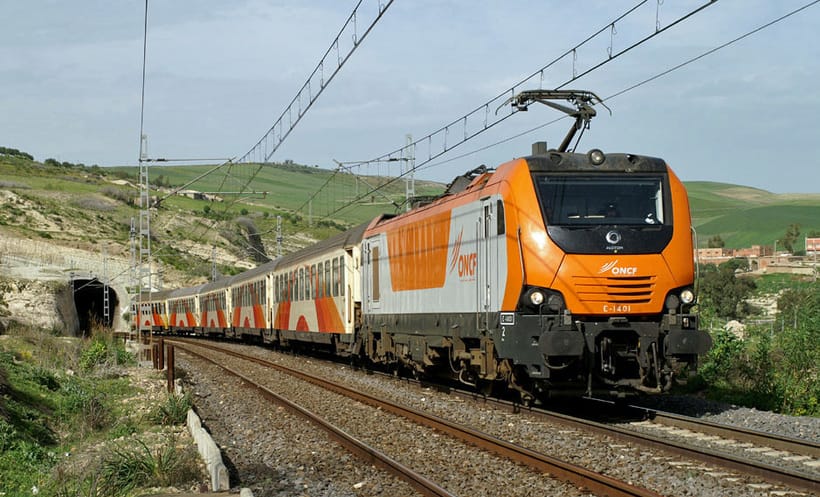Africa’s vast and evolving railway network remains one of the continent’s most vital infrastructures, linking cities, ports, mines, and neighboring countries. As transportation systems modernize and expand, these railways are playing an increasingly important role in regional integration and economic development. This report highlights the top ten African nations with the longest railway lines and offers insights into how these systems are shaping trade, industry, and mobility across the continent.
- South Africa – 20,986 km
South Africa holds the most extensive railway network in Africa and ranks 12th globally. Operated largely by Transnet Freight Rail, the network includes the world-renowned Sishen-Saldanha line, which transports iron ore across long distances. South Africa also features premium passenger services like the Blue Train and regional commuter trains such as Metrorail, making rail a critical driver of both economic and social mobility.
- Sudan – 7,251 km
Sudan boasts the second-largest rail system in Africa, connecting the capital Khartoum with key hubs like Port Sudan on the Red Sea. Although parts of the network remain outdated, efforts are underway to upgrade infrastructure and enhance connectivity in this vast desert country.
- Egypt – 5,085 km
Home to one of the oldest rail systems in Africa, Egypt’s network dates back to 1854. Connecting major cities like Cairo, Alexandria, and Aswan, Egypt is also investing in high-speed rail projects to reduce congestion and improve regional travel.
- Mozambique – 4,787 km
Mozambique’s railway network plays a strategic role in exporting coal and agricultural products. The Beira and Maputo corridors serve as crucial trade arteries linking landlocked countries like Zimbabwe and Malawi to the Indian Ocean.
- Tanzania – 4,097 km
Tanzania is a key transport corridor in East Africa, especially through the Tanzania-Zambia Railway Authority (TAZARA) line, which stretches from Dar es Salaam to Kapiri Mposhi in Zambia. The government continues to invest in modernization, including plans for electric and high-speed rail.
- Algeria – 4,020 km
Algeria’s railway system supports industrial growth by linking cities such as Algiers, Oran, and Constantine. Ongoing investments in electrification and high-speed trains aim to boost efficiency and promote trade across the Mediterranean region.
- Democratic Republic of the Congo – 4,007 km
Despite challenging geography and years of underinvestment, the DRC’s railway remains vital for transporting copper, cobalt, and other minerals from remote mining areas. Modernization projects are critical to unlocking its full potential.
- Kenya – 3,819 km
Kenya’s rail revival is centered around the Standard Gauge Railway (SGR), connecting Mombasa to Nairobi and Naivasha. The system is transforming cargo logistics across East Africa and offers connections to Uganda, contributing to regional integration.
- Nigeria – 3,798 km
Nigeria’s expanding rail network is undergoing significant rehabilitation. The Lagos-Ibadan and Abuja-Kaduna routes now feature modern passenger trains, managed by the Nigerian Railway Corporation. These upgrades are pivotal to easing road congestion and boosting commerce.
- Zimbabwe – 3,427 km
Managed by the National Railways of Zimbabwe (NRZ), this system connects urban centers like Harare, Bulawayo, and Mutare. Though infrastructure has deteriorated, recent initiatives aim to revitalize the network for mineral and agricultural exports.
Other African Countries with Rail Infrastructure In addition to the top ten, several other African countries operate railway systems, including Zambia, Uganda, Botswana, Namibia, Ethiopia, Cameroon, Ghana, and Morocco. Ethiopia, for instance, is notable for its electric Addis Ababa–Djibouti Railway, a key trade route in the Horn of Africa.
As Africa continues to urbanize and integrate its economies, railway systems are poised to play an even more significant role in sustainable development. Investment in modernization, regional cooperation, and public-private partnerships will be essential to unlocking the full potential of rail transport across the continent.



